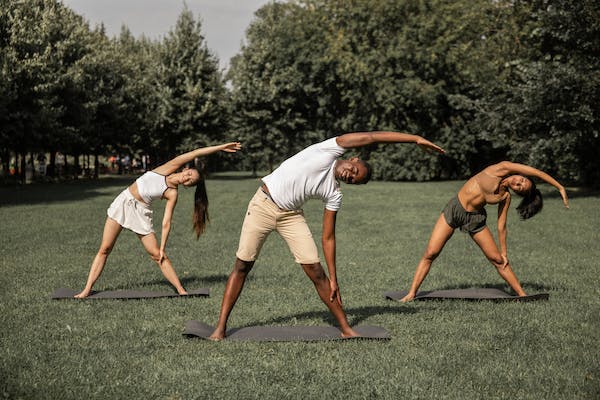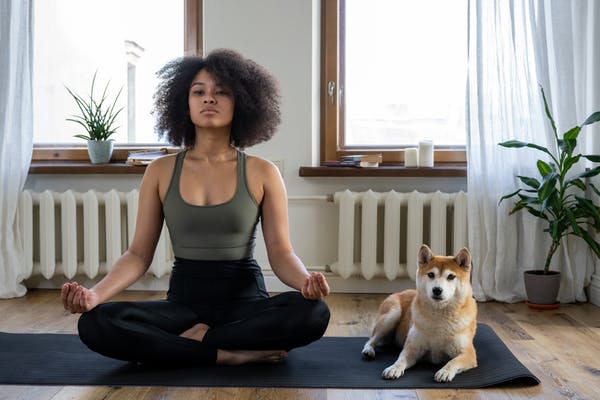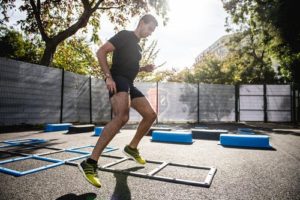Have You Tried Low Impact Exercises?

Low-impact exercises are physical activities that place minimal stress on the joints and muscles, making them less likely to cause injury or discomfort. There are several benefits to incorporating low-impact exercises into your fitness routine:
Improved cardiovascular health: Low-impact exercises can help improve your cardiovascular fitness by strengthening your heart and improving blood circulation.
Increased flexibility and range of motion: Many low-impact exercises involve stretching and moving through a full range of motion, which can help improve flexibility and mobility.
Greater joint stability: Low-impact exercises can help improve stability and balance, reducing the risk of falls and injuries.
Reduced stress on joints: Low-impact exercises place minimal stress on the joints, making them suitable for people with joint issues or injuries.
Suitable for all fitness levels: Low-impact exercises can be modified to suit different fitness levels, making them accessible to people of all ages and abilities.
EFFECTIVENESS
Studies have found that low-impact exercise can be just as effective as traditional high-intensity workouts to improve aerobic fitness and muscle strength. Studies suggest that those with joint pain find more relief through low-impact exercise than by engaging in high-intensity activities.
Additionally, low-impact exercises offer a variety of benefits beyond physical health, including improved mental health and emotional well-being due to reduced stress levels.
EXAMPLES OF LOW IMPACT EXERCISES

Walking: This excellent low-impact exercise can be done anywhere. It’s easy on the joints and can help improve cardiovascular endurance.
Swimming: Swimming is a great low-impact exercise that provides a full-body workout. It’s especially good for people with joint issues because the water supports your body weight and reduces the impact on your joints.
Biking: Biking is another low-impact exercise that is easy on the joints. It can be done indoors on a stationary bike, road, or trail.
Yoga: Yoga is a low-impact exercise that combines physical poses with breathing techniques and meditation. It’s great for improving flexibility, strength, and balance. There is also some mental health benefit too.
Pilates: Pilates is a low-impact exercise focusing on building core strength and improving posture. It’s done on a mat and often involves small, controlled movements.
HOW LONG SHOULD YOU EXERCISE?
There is no “optimal” time to do low-impact exercises, as it will vary depending on an individual’s schedule and preferences. Some people may find it more convenient to exercise in the morning, while others may prefer to exercise in the evening. The most important thing is to find a time that works for you and stick to it consistently.
Low-impact exercises should typically be done for about 30 minutes to provide the most benefit. This can be split up into smaller chunks throughout the day if that works better for you and your schedule.
TIPS
Start with a warm-up: Begin your workout with a 5-10 minute warm-up to get your heart rate up and loosen your muscles. This can include light stretching or a low-intensity activity like walking or jogging in place. Clearly define your goals for doing low-impact exercises. This can help you choose the right type of activity and ensure that you are motivated to stick with it.

Consider your fitness level and any existing medical conditions or injuries.
Consult with a healthcare professional or personal trainer to determine the best type of low-impact exercise for you.
Gradually increase intensity. As you become more comfortable with low-impact exercises, you can increase the intensity gradually by increasing the duration, frequency, or resistance.










